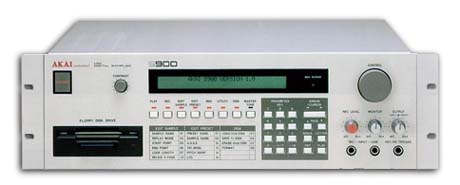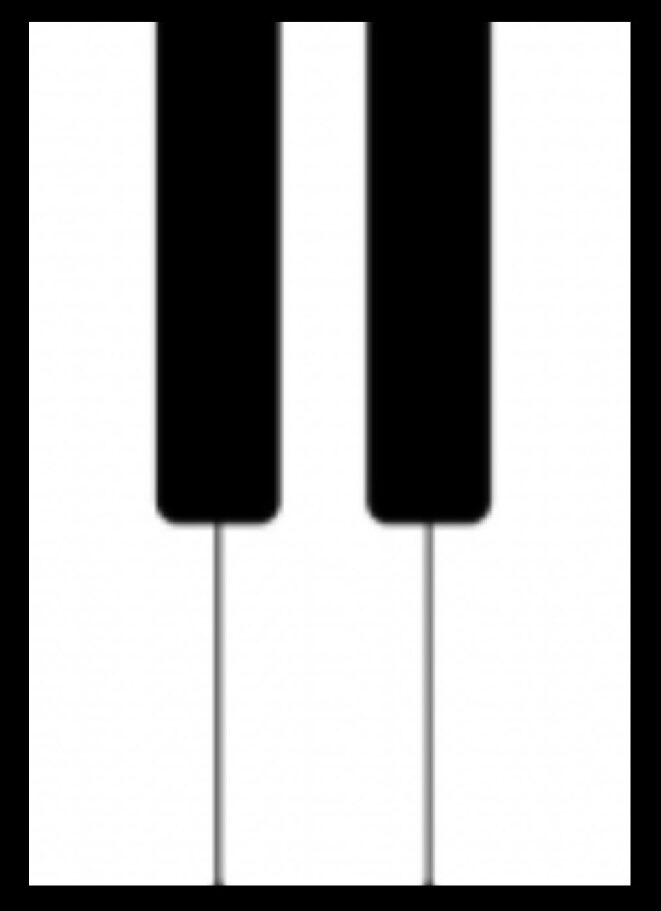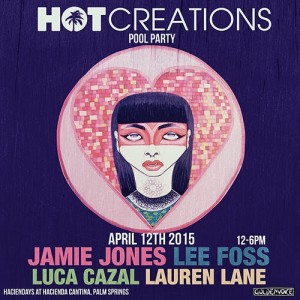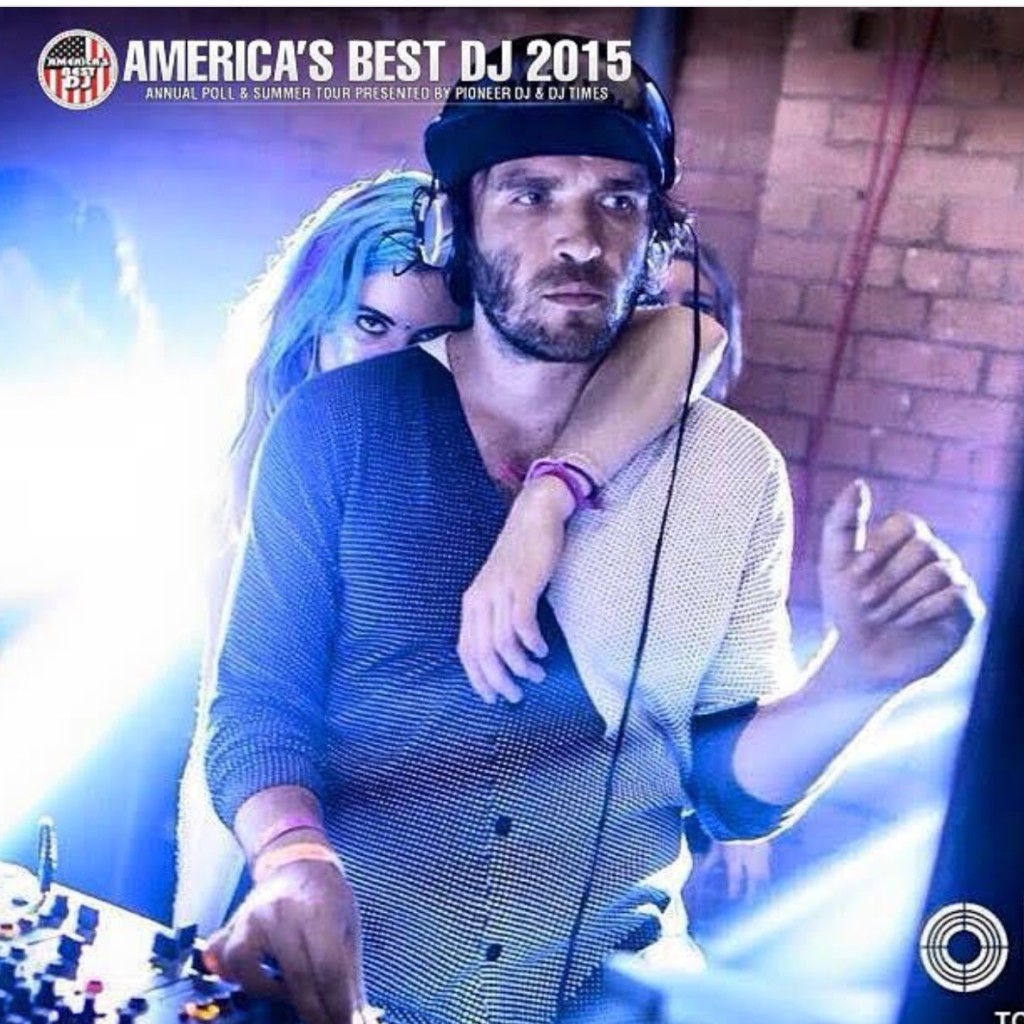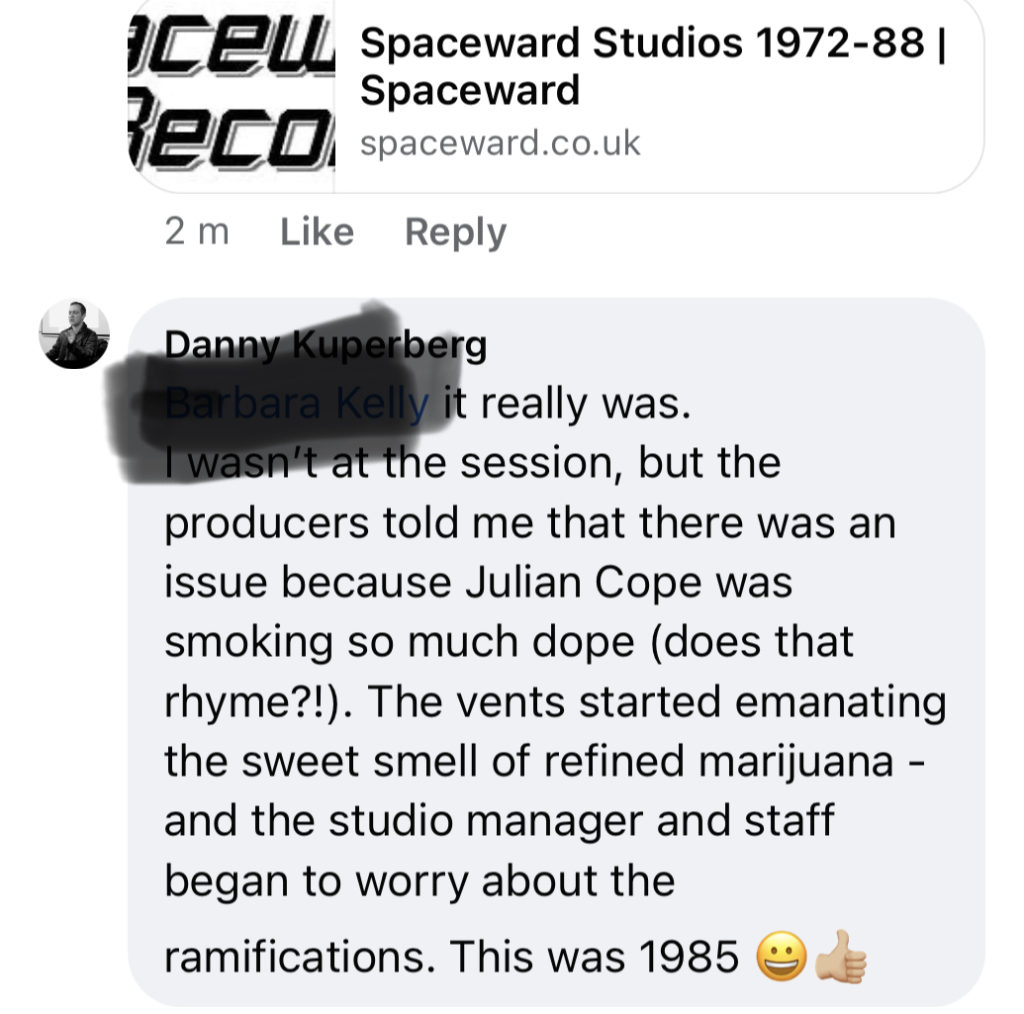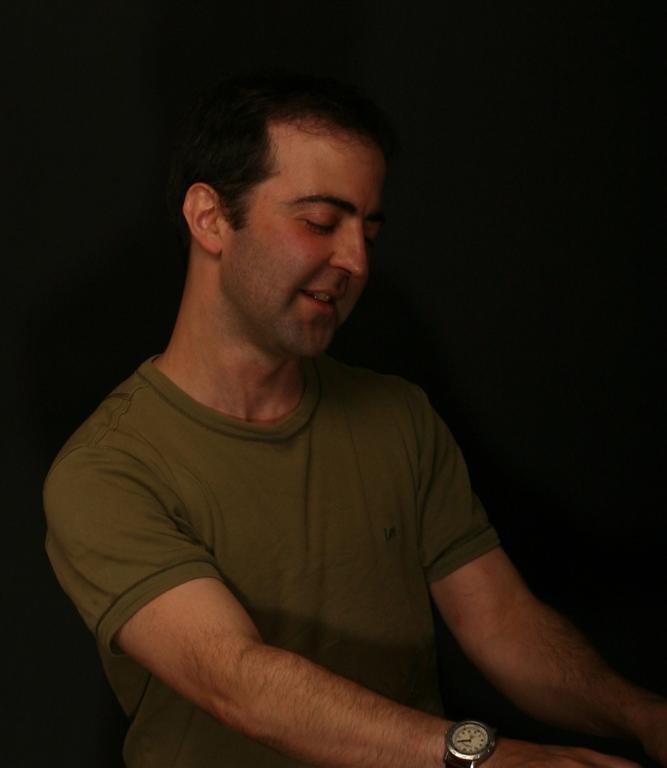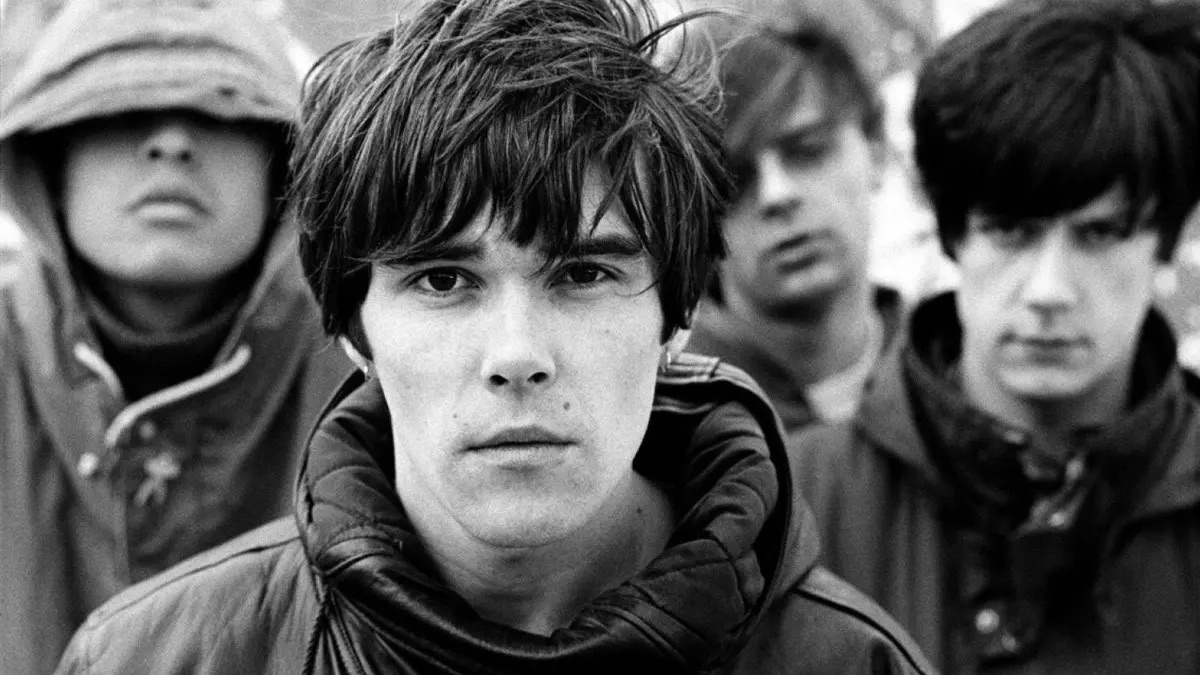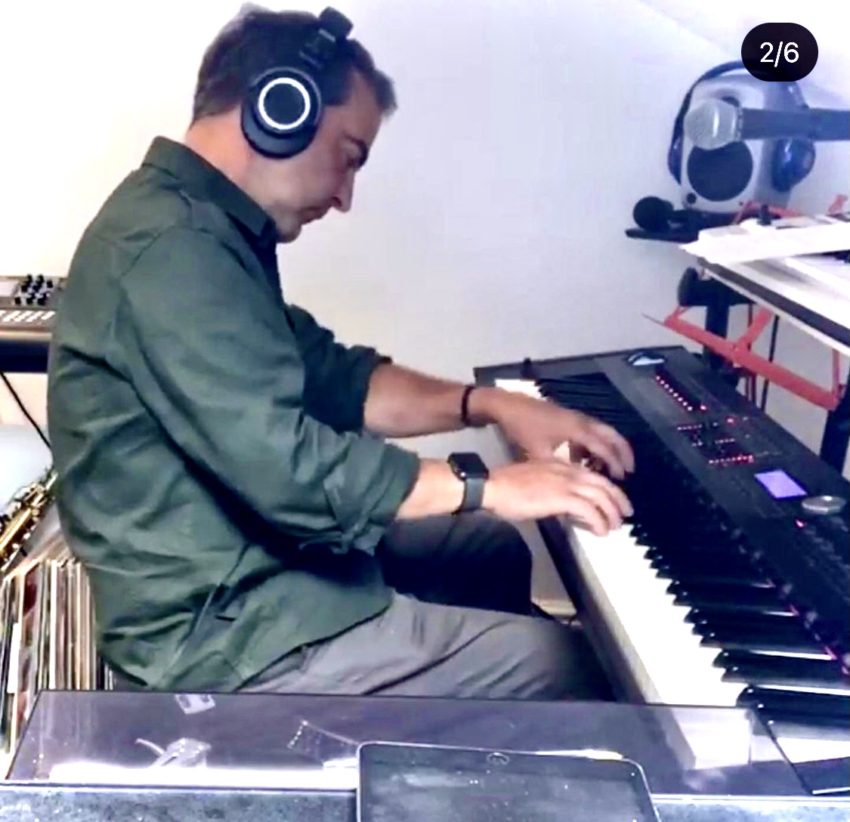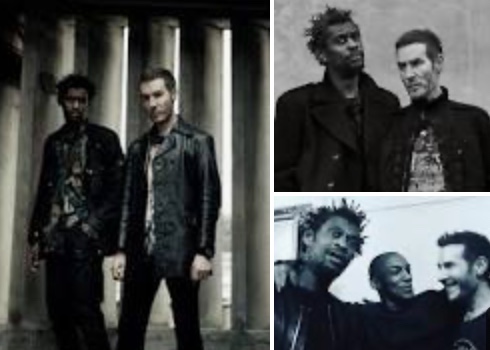This brief blog is about my (very brief) meeting with very talented, very successful and very influential Manchester band, The Stone Roses. So why were The Stone Roses so important? Was theirs the best debut album of all time? For me, it’s a no-brainer. I did an earlier blog about it which includes the anecdote I’ve dined out on a fair few times. Here it is:
‘The Stone Roses’ is one of the best debut albums of all time, if not the best. The tragedy for this talented and hugely influential band was that their full potential was never realised. Yet, looking back, it hardly matters. They had more influence with a single album than virtually any other band in history. Britpop almost certainly wouldn’t have happened without them. And don’t take my word for it, just ask Noel Gallagher! Yet still, that is only just the very start of it…
In the pantheon of successful contemporary Manchester rock acts, the Roses were preceded by The Smiths, tagged along with by The Happy Mondays, and then followed by Oasis – yet they still managed to outshine them all with their musicality, integrity and originality, and this only having released two EPs and two studio albums. Their cultural impact is far-reaching.
The Stone Roses took the best of the Beatles (circa Revolver), The Byrds, The Hollies and The Moody Blues, and combined it with the heritage and attitude of Manchester’s burgeoning late 1970s Joy Division/New Order/The Smiths triumvirate. They then broke through to success with sheer hard graft, focus, talent and great songwriting. In the process, they defined late 1980s and early 1990s British rock n roll at its very best.
As a Middlesex Polytechnic student in the late ‘80s, I should know. One of their seminal gigs was at our Trent Park Student Union Tuesday night indie band slot. I was the sound man, the PA guy who made sure that the band soundchecked and sounded, well, sort of half-decent. It so happened that I had the Tuesday night off when they performed their famous Middx Poly 1988 gig. Sod’s law – but I did soundcheck these surly Mancs earlier in the day. Later, while I was waiting for the bus outside the venue and relieved to have the night off, I heard them start the gig. I went inside and said to the sound guy on duty:
‘These guys aren’t the usual shoegazers. They’re f******g brilliant.’
I was proved right – big time.
Persistence, sheer graft and innate talent are so often the deciding factors in rock music, probably the sexiest of the sexy arty industries. The Beatles, Stones, The Who, Led Zeppelin and The Red Hot Chili Peppers’ careers define that work ethic. Their lives and relationships tell of alluring buccaneering tales of rock excess. These are some of the most exciting real-life stories of our times.
But even still, I can’t think of a band that epitomised this steely determination to ‘make it’ more than the Stone Roses.
I worked for a short while as a junior tape op at Cambridge’s legendary Spaceward Studios in 1985/6. It was a lowly position and I was very young, only 16, but the whole experience gave me an intoxicating taste of the sonic possibilities that can come out of fiddling for hours with mics, leads and amps. If that wasn’t enough, seeing the bands and personalities I’d loved so much coming in and out of the control booth was the credibility icing on the cake. On a technical level, I learned at first hand how understanding the nitty gritty of audio production is as important as any high fallutin’ grand schemes of creating a masterpiece.
Manchester has a reputation for no-nonsense bravado, no-holds-barred authenticity, hard work and zero b*****t, musical or otherwise. Heaven knows I could relate to that at the time as a rock and jazz musician zealot during the 1980s. I threw myself into every creative possibility, whether healthy or not, from around 1987. I could relate to Ian Brown and John Squire’s moody, singleminded and monosyllabic interviews which showed total contempt for their hapless interviewers. These encounters make The Sex Pistols’ Bill Grundy encounter look tame. They’d already been relentlessly touring the university gigging circuit with little to show for it. But persistence paid off. Eventually they secured a deal and went into London’s Battery Studios to record the album. It was their very good fortune to have John Leckie producing the record. A former Abbey Road tape-op who worked with the likes of John Lennon and Pink Floyd, Leckie had also produced XTC earlier and then Radiohead later after the Roses. His production on that album is nothing short of stunning. As anyone who has ever worked in a recording studio knows, amping up guitars or a drum kit, sorting multiple mic positions, achieving the right acoustics for the track, or whether to use a condenser or dynamic mic close up or at distance; this is all a creative enterprise in its own right – and Leckie is one of it’s masters.
So it’s just as well that John Squire, the Rose’s guitarist, Alan Wren, their drummer and Mani the bassist made the most of the sonic palette that Leckie handed them. It helped that they were great songwriters too.
Squire, who also designed the cover, is a brilliant lead guitarist, more bluesy and smooth than his Beatles-influenced, jangly contemporary Johnny Marr of The Smiths, but in my view certainly as talented. These two guitarists defined the Manchester guitar sound of the ‘80s and early ‘90s and left it for the more pedestrian Noel Gallagher to pad it out later in the early days of Britpop. If The Smiths were Marks & Spencer and the Stone Roses were Waitrose, then Oasis were Tesco.
Ian Brown is surely one of the most charismatic frontmen in rock history too. Both Gallaghers, The Charlatan’s Tim Burgess and countless other Britpop vocalist goons aped him. There is no pun intended here as Brown is a simian stoned rock zombie made incarnate. I got a brief taste of that during the soundcheck. And what made it all even more convincing was the lack of pretence. He really was like that – or at least that was my recollection when I was watching them from across the mixing desk that Tuesday afternoon before the gig at Trent Park.
Furthermore, in Mani and Ren, the band had one of the best rhythm sections (bass and drums) that rock music has produced. Its not overblown to say that it helped define the sound of a generation, the direct influence and musical integrity behind everything that Britpop was. As usual, Noel Gallagher is nothing if not honest about his plagiarism. He always defers to John Lennon and the Stone Roses. They are the giants’ shoulders that he so reverently sits upon. He even named an Oasis album after this. While humility isn’t Gallagher’s strongest suit, no one can deny that he fully acknowledges his musical heritage.
So The Stone Roses defined the musical landscape of the time, bridging The Smiths’ miserabilism but musical virtuosity with the acid house drum looping and sampling remix culture also developing at the time. The Second Summer Of Love, 1987, only happened two years before the record came out, and ecstasy-tinged remixes of early songs like ‘Sally Cinnamon’ and ‘Elephant Stone’ were emerging. Again, Gallagher has since said that listening to the former was the catalyst that set his mind on making a living as a rock musician.
And the rest is history. The ‘Madchester’ scene and sound – that neo-psychedelic guitar fusion with the dance music of the day was invented by the Roses having served their time gigging in the Manchester warehouse parties of the day. There were also the baggy fashions which these four charismatic guys pulled off so well. The Roses were the ‘yin’ to the Happy Monday’s ‘yang’. But nothing comes easy in rock. All of the above followed inevitably from the early struggles laid out. Sadly, a terrible legal wrangling over later release rights with their Silvertone label ensued. This severely delayed the release of the second album. By that time, the excitement was all over. The Second Coming album still contained great songs though: ‘Ten Storey Love Song’ and the blisteringly brilliant ‘Love Spreads’. If you do nothing else after reading this review, take a listen to this song. How many guitarists could actually play that Squire part? Jeff Beck and Jimmy Page, I’m even looking at you. It sums up the Roses rock supremacy and why they deservedly garner so much kudos and respect.
Oh, and I haven’t even mentioned Spike Island, a gig so legendary as to rival the best of the Woodstock, Monterey and Altamont festivals.
So to those unfortunate uninitiated souls who think of The Stone Roses merely as a ‘one album band’: you don’t know the half, or even the quarter of it.
Some bands can do more with one record than ten careers worth of audio blather.
Here’s my track by track for the album’s key moments:
1. ‘She Bangs The Drums’: Lust while admiring a talented female drummer? I hear where you’re coming from there Ian…but add a whole lot of Byrds harmonies, Squire’s arpreggiated Marr-esque riffing, as well as a surprisingly detailed song structure and you hear in a single track everything that The Byrds themselves wished they’d sounded like.
2. ‘Waterfall’: For techie musos, this track is all about a repeated distorted riff. But as usual, the vocal harmonies make it stand apart from their pedestrian contemporaries. Not to mention several unexpectedly great Squire bridge sections and interludes and the studied cool of Brown’s vocal. This one’s also about a guy longing for the apple of his eye; ‘she’s a waterfall’.
3. ‘Bye Bye Bad Man’: This is what the very best of 1960s pop would sound like, transposed to virtually any future decade. It’s a relatively throwaway track but still contains unflustered tempo changes that other bands would never have the musicality or songwriting skills to pull off. Just like ‘I Am The Resurrection’, the lyrical theme is pent up anger at a strict father figure or rival. The Roses never compromised on moving away from their Mancunian accents. Further grist to the Brown credibility crown.
3. ‘Made Of Stone’: The intro could be a Pink Floyd intro. The chord sequence and bassline on this song are nothing short of exquisite. Leckie brings out their best here by highlighting the song’s natural rhythm with unfussy production. The chorus upwards key change for this track is one of the most uplifting in modern rock music.
4. ‘I Am The Resurrection’ is the most convincing song about revenge and anger I’ve ever heard. It packs an emotional wallop but then pulls back – just at the right points, over and over. It’s their career song highlight. The relentless snare is uncompromising. The extended guitar solo at the end would never have happened without Leckie’s Pink Floyd credentials I feel sure (but stand to be corrected). The overdubs are perfect and well judged.
5. ‘Fools Gold’ typifies the neo-psychedelic sound that they helped fashion. As a result, the song hasn’t aged as well as some of the others. The trippy dayglo music vid of the four of them wandering aimlessly around the stark countryside is very 1989. For techie nerds, the psychedelic effect is created by combining flange and wah-wah guitar effects, as well as applying a whole lotta reverb to the bass guitar and snare.
Sometimes people are in the right place at the right time. At other times, they’re at almost the right place at almost the right time. Such is the case with my Stone Roses encounter. The year was 1988 or 1989, I can’t remember. But I do know that I was studying a BA (Hons) in Performing Arts at the then-Middlesex Polytechnic, now Middlesex University.
I occasionally used to supervise the mixing desk at the Tuesday night Student Union band nights. This is a sound check @3pm. It ensures that the band sounds as good as they can; remember that if they just showed up and played, the audio would be a total shambles and most would be heading for the bus home. Anyway, we were accustomed to the usual shoe-gazers; the indie bands that would turn up week after week; about as much talent as a fart in the wind. But on this one occasion, having finished the soundcheck, I was pleasantly (nay shocked) to hear something not only melodic, but positively a revelation.
It was around 10pm. I was waiting to catch the Snakes Lane bus back to Oakwood tube station in North London when I heard something that was genuinely musical emanating in a distorted hush via the SU bar. Yes, you guessed it, I was caught by The Stone Roses playing what has turned out to be a seminal gig just prior to the release of their self-titled first record The Stone Roses, IMHO the best debut rock album of all time.
Anyway…
It’s a story I’ve dined out on many a time when people ask me who I’ve worked with (albeit for just one gig in the late eighties).

